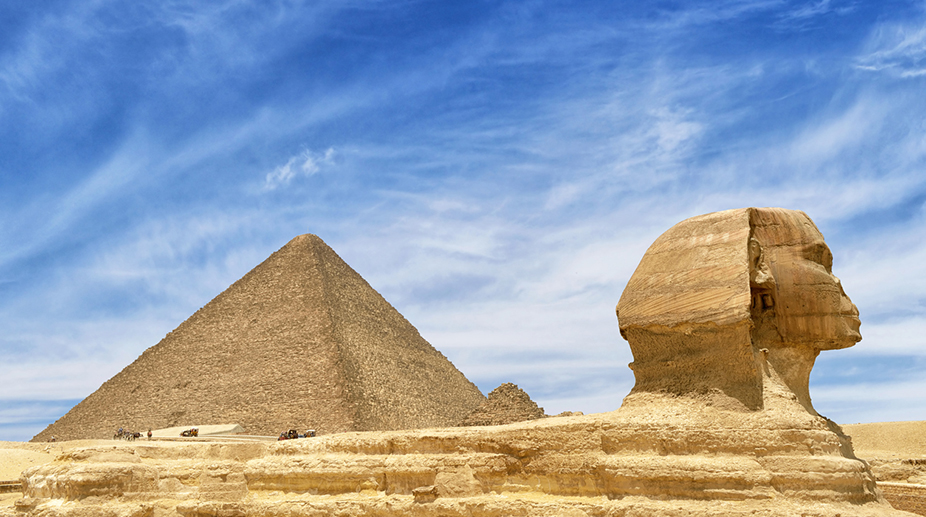Archeologists have discovered part of a Pharaonic obelisk dating back to about 4,300 years ago in Saqqara district on the outskirt of Egypt’s Giza Province.
Supreme Council of Antiquities (SCA) Secretary General Mostafa al-Waziri revealed the discovery of the upper part of an obelisk belonging to ancient Egyptian Queen Ankhesenpepi II, mother of Pharaonic King Pepi II of the Sixth Dynasty who ruled Egypt from 2278 to 2184 BC, Xinhua reported.
Advertisement
The discovery was unearthed by a French-Swiss archaeological mission from Geneva University in cooperation and coordination with the Egyptian Ministry of Antiquities.
“The importance of this discovery is that it belongs to one of the females of the ancient royal family as she was the guardian of the throne during the first reign of her son who came to power at the age of six,” Waziri was quoted as saying.
He added that the mission also found an ancient cartouche on the side of the obelisk reading in Hieroglyphics the first letters of “Neferkare,” the Horus throne title name of King Pepi II Neferkare.
The discovered upper part of the obelisk, made of pink granite, is 2.5 metres high, which indicates that the total height of the complete obelisk might vary between five and six metres.
Saqqara district, where several pyramids were found, used to be a burial ground for the pharaohs and served as the necropolis of an ancient capital city in southern Giza, known in ancient Egypt as Memphis.











